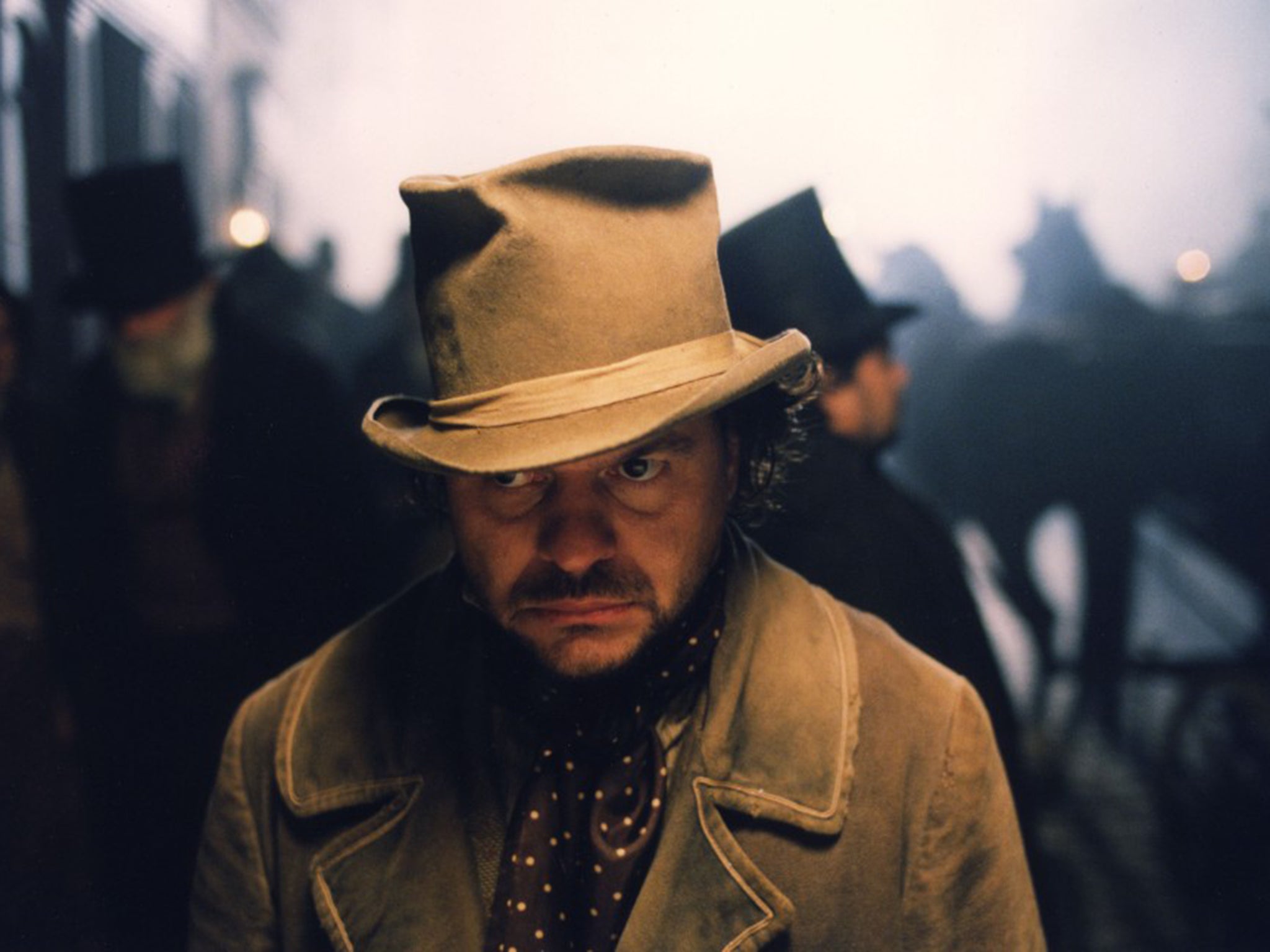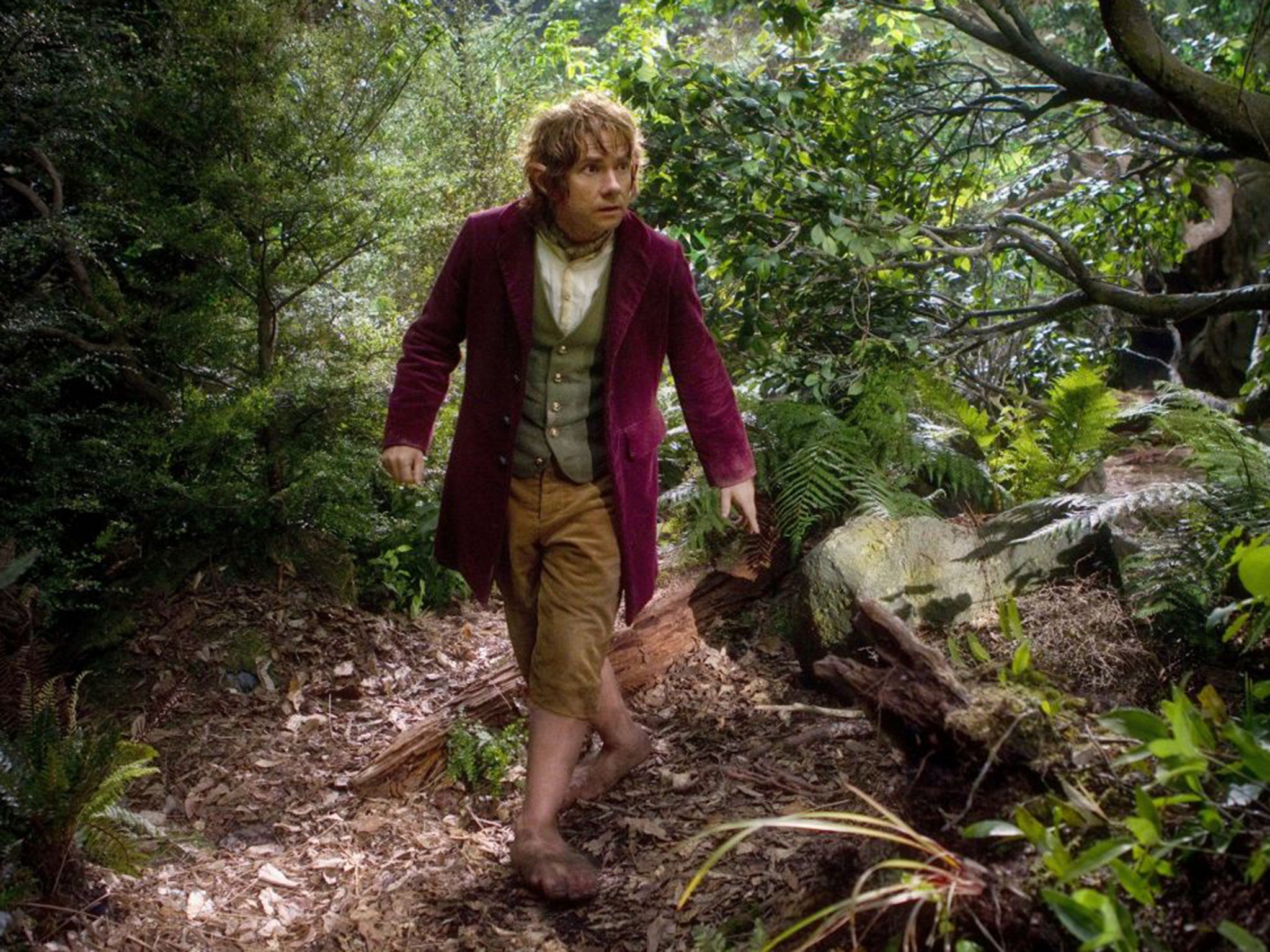Swag! A short history of the house burglar
What they choose to make off with – in books and in real life – is revealing of the times, past and present

Not long ago, I was walking down a thoroughfare in Norwich called London Street, which, among other advantages, offers a way back to the centre of the city from the law courts. Hastening towards me came two pram-toting girls – tough girls, I deduced, primed not to stand any nonsense and clearly on the way home from attending somebody’s trial. “Hey,” one of the girls exclaimed to the other as they drew level with me, and in a tone of absolutely unmitigated outrage. “You heard about Gary? They just nicked him for a burglary he didn’t even do.”
The moral implications of this exchange, it seemed to me, were pretty considerable. Given the strong hint that Gary had committed several burglaries without being detected, did this arraignment for a crime he for once hadn’t committed somehow even up his debt to society? The judicial implications – if Gary had indeed been fitted up by an over-enthusiastic constabulary – were also worth considering. But there was a third, more practical question to be addressed. Were Gary to have committed this putative crime or, when he happened to be engaged in his other, actual crimes, then what was he likely to steal?
The answer, curiously enough, is not what you might perhaps think. In fact, last week’s unveiling of a survey by the insurer Direct Line into the kind of goods liable to be taken should your house be broken into turned up some unexpected statistics. Certainly, the average burglar is still keen on hi-tech gadgetry – mobile phones, laptops and tablets accounted for 30 per cent of all thefts – but the television set, that bygone staple of larceny, lurked bottom of the table at a mere 3 per cent. There was a decent showing for golf equipment and gardening tools (7 per cent each), but, way ahead of the pack, with nearly a fifth of all abstractions, was … the bicycle.

Naturally, there are distinctions to be drawn. Direct Line offered no qualifications, but it seems likely that top-of-the range, multi-gear, designer items are more attractive to housebreakers than ancient pushbikes. But taken as a whole, the survey offers a compelling twist on the thread of society’s long and complex relationship with the problematic figure – well-nigh mythical if you encounter him in books and films, much less attractive if you come home to find your front door broken in and the bookshelves up-ended over the floor – of the burglar.
Like much else in our national life, this relationship really got going in the Victorian era. There had always been thieves: 18th-century literature is full of them, from Henry Fielding’s novels to The Beggar’s Opera. On the other hand, the altogether distinctive figure of the burglar – tough, amoral, talking inner-city slang and awash with negative glamour – starts making his presence felt in the “Newgate novel” (so called because it tended to be populated by criminals drawn from a crooks’ “Who’s Who” called the Newgate Calendar) of the 1830s and 1840s. Oliver Twist, for example, is a Newgate novel and, in the person of Bill Sikes, serves up one of the genre’s archetypal villains.
It was a mark of the Victorian reading public’s fascination with lowlife that the form should subsequently go mainstream to the point where large numbers of “respectable” 19th-century novels turn on jewel heists or purloined necklaces. Anthony Trollope’s Palliser sequence, otherwise about haute politique, harbours in The Eustace Diamonds (1875) a self-willed baronet’s widow named Lizzie Eustace who refuses to be parted from the heirloom of the title, fakes one burglary while travelling south from her Scottish estate, commits perjury, suffers a second, genuine theft when her London house is broken into, and is hopelessly embarrassed when the case comes to court.
Even by this stage, though, the average citizen’s attitude to the burglar was deeply ambiguous. If one popular conception of him was as a deep-dyed malefactor – Sikes, after all, takes Oliver on a burglary where his young assistant gets shot, murders his mistress, then accidentally hangs himself – then another saw him as an essentially comic figure. The “cockney burglar”, with his flat cap, striped jersey, bulging sackful of swag and fondness for “sparklers”, is going strong by the 1870s. There were “gentlemen burglars” such as E W Hornung’s “Raffles”, the “amateur cracksman”, who has bachelor chambers in Albany, plays cricket for England and delights in breaking into the Mayfair houses where he has been entertained as a guest.
Punch, too, had a long tradition of burglar jokes, usually linked to popular fads, as in the mid-1920s cartoon that shows a pistol-wielding householder confronting a thief who, in a stage cockney accent, explains that he belongs to the league of Bright Young People and is seeking clues in a treasure hunt. It took until at least the 1930s for the influence of American novels to make the fictional burglar more hard-boiled, less likely to turn tail and run and also capable of reflecting some of the realities of inter-war era national life – a period when recorded crime in the UK rose by 7 per cent, with the greatest rate of increase attributable to theft and break-ins.
None of this, though, has much to say about what might be called the psychology of burglary, the impulse that drives people to undertake the highly hazardous act of forcing an entry into someone’s property and then, once at large on the premises, deciding what to take. To read biographies of career criminals, for example, is an odd experience, for the ones who precisely target their contraband are almost invariably balanced by the ones who are simply impelled to steal, irrespective of value or utility, as happy to walk off with the gerbil as the Sevres vase, rather like Bilbo Baggins in The Hobbit who attempts to steal a troll’s watch merely because he has been employed by the dwarves as a burglar and feels that some kind of theft is required, however symbolic.
Neither do artistic representations of the burglar shed very much light on material fundamentals. The value of the Direct Line survey, consequently, rests on its specificity, and in what it excludes as much as what it includes, and the social transformations that it indirectly reflects. There is, significantly enough, no mention of money or jewellery, a testimony both to our increasingly cash-free economy and the habit of keeping valuables in safes. It is all a far cry from the heavily regulated, punitively rationed and deeply austere 1940s when, as far as one can tell from the social histories, the items most likely to be stolen included petrol, nylon stockings and meat.
What kind of a future has the burglar? The latest set of national crime statistics suggests that domestic burglary figures remain flat, although the glut of recent news stories claiming that the police lack the resources to investigate offences of this sort might be thought to offer an encouragement to potential recruits. Anecdotal evidence insists that burglary is becoming more specialised, a matter of high-end consumer goods or antiques being stolen to order rather the opportunistic theft. Like much else in contemporary British life – the arts, for example – it is becoming steadily more professionalised, a matter of well-trained experts operating with ruthless efficiency and lacking only a series of degree courses to give it an authenticating gloss. None of which will be much consolation to Gary and the sorority of London Street.
Join our commenting forum
Join thought-provoking conversations, follow other Independent readers and see their replies
Comments
Bookmark popover
Removed from bookmarks